From August 30, 2025 to September 30, 2025, at the Vietnam National Village for Ethnic Culture and Tourism (Doai Phuong, Hanoi), many attractive activities will be held, making it a must-see destination for tourists during the holidays.
In particular, from September 1-3, 2025, the Vietnam National Village for Ethnic Culture and Tourism will open free of charge for visitors.
Activities in September will have the participation of nearly 200 artisans, ethnic minorities, artists, and mass actors, including more than 100 people from 16 ethnic groups that are active every day: Nung, Tay (Thai Nguyen); Dao ( Hanoi ); Mong (Tuyen Quang); Muong (Phu Tho); Lao, Thai, Kho Mu (Son La); Ta Oi, Co Tu (Hue); Ba Na, Gia Rai (Gia Lai); Xo Dang (Quang Ngai); Raglai (Khanh Hoa); E De (Dak Lak), Khmer (Can Tho).
Mobilize about 60 people from 2 ethnic groups and 2 localities to participate in the festival and highlight event activities: 30 Nung ethnic people ( Lang Son ), 30 Muong ethnic people (Thanh Hoa) from August 30 to September 2, 2025.
Local stalls are invited to supplement and enrich the highland market from August 30 to September 2, 2025.
Re-enactment of the Highland Market "Happy Independence Day"
Recreating the cultural space of ethnic groups in the Northwest and Northeast regions with the highlight being the highland market "Happy Independence Day" to celebrate the birth of the Democratic Republic of Vietnam (now the Socialist Republic of Vietnam) September 2, 1945 - September 2, 2025 with a combination of market space, entertainment associated with folk singing and dancing activities, ethnic cuisine, folk games, local products...
The center of the Highland Market is the Nung ethnic people bustling in the Lion Dance to celebrate the Independence Day; Muong people when playing at the market, the ethnic people space introduces the history, process, ingredients, processing of some typical ethnic dishes such as cooking thang co, cooking wine, making five-color sticky rice, weaving process, ... all creating a joyful, brilliant atmosphere of National Day; attractive dishes of roasted pig, roasted duck of Lang Son; booths introducing products: bamboo shoots, vermicelli, rice, typical spices of star anise, cardamom, honey ..., cuisine (typical ethnic dishes of thang co, men men corn wine, roasted suckling pig with honey, roasted duck, rice rolls ...; colored sticky rice, grilled chicken, pork, bamboo rice, grilled fish ...); Introducing and selling brocades of the Muong, Mong, Thai, Tay, Nung, Lao ethnic groups,... (costumes, scarves, bracelets, souvenirs)... All will create a bustling atmosphere, bustling with joy of the ethnic people with the joyful market of Independence Tet.
Market space with about 50 stalls
33 stalls at the highland market introduce regional products such as vegetables, fruits, meat hung from the kitchen, bamboo shoots, vermicelli, rice...; space to introduce cuisine: thang co, roast pork, roast duck, khau nhuc, rice rolls, Mau Son wine, colored sticky rice...; 4 stalls to introduce traditional cuisine.
There is also a photo exhibition "Colors of the Highlands" with about 80 photos along the route to the highland market from the photo fund managed and used by the Vietnam National Village for Ethnic Culture and Tourism.
Introducing the Lion and Cat Dance Art of the Nung Ethnic Group
The Lion and Cat Dance is a traditional cultural feature that has been formed through many generations and has long been associated with the Tay and Nung ethnic groups. Every year, when entering festival seasons such as Long Tong festival, spring festival, Mid-Autumn Festival... the Tay and Nung ethnic groups in Lang Son joyfully hold the Lion and Cat Dance festival.
The Lion Cat Dance represents martial spirit, the martial arts movements are both fast and graceful combined with drum beats. The Nung ethnic group believes that the Lion Cat Dance is to ward off bad things, so the more ferocious the cat's face, the better, the more powerful the martial arts movements, the better.
In 2017, the Lion and Cat dance art of the Nung ethnic group in Lang Son province was recognized as a national intangible cultural heritage by the Ministry of Culture, Sports and Tourism.
Combining experience space for making Lion masks, making animals... by Nung ethnic artisans, Lang Son.
Folk song and dance program "Happy Independence Day"
Performing folk songs and dances to celebrate the country, praising the homeland, national identity and traditional folk games creates a joyful, exciting, warm atmosphere, imbued with the traditions of the ethnic groups, demonstrating the uniqueness in the diversity of national culture to celebrate the 80th anniversary of the founding of the Democratic Republic of Vietnam, now the Socialist Republic of Vietnam (September 2, 1945 - September 2, 2025).
Reenacting the Poong Poong festival (flower festival) of the Muong ethnic group
Poon Poon is a festival that has existed since ancient times. Some people believe that it originated from the epic "Birth of the Earth, Birth of Water."
In Muong language, “Poon” means to play, to play around, to dance; “Pong” means cotton, flower; “Pong Poong” means to dance next to flowers. The Poon Poong festival consists of two parts, the ceremony and the festival (performances).
In which Au May plays the role of a shaman, who uses verse to retell the story of the birth of heaven and earth, informs the gods that this year's harvest will be bountiful, the villagers hold festivals to express their gratitude to heaven and earth for giving them favorable weather, making people happy and inviting the ancestors and kings to come and have fun, the cotton tree is the center of the festival...
After the Au May ceremony is the festival, all the performances revolve around the cotton tree, simulating the customs and practices of the Muong people, reflecting the spiritual and cultural life of the Muong people.
They dance to simulate movements in the daily labor, production and entertainment process such as dividing land, dividing water, building houses, chasing wild animals, planting crops, preparing meals to invite Muong people... They sing love songs, promise songs to the rhythmic sound of gongs and drums that resound throughout the village.
Reenactment of excerpt from the "Cai Tao" ceremony - conferring titles on Tao teachers of the Nung ethnic group, Lang Son province
The Nung's Tao is very rich and diverse and is typically present in most places in Lang Son province, divided into many different lines, concentrated in two main groups: Tao Slang and Tao Lai.
Tao Slang is preserved by the Nung Chao people, Tao Lai is divided into three large branches: the Phan Sling branch exists in the Nung Phan Sling community, the Inh branch belongs to the Nung Inh people, and the Chao Chu branch is preserved by the Nung Chao people and passed down from generation to generation.
The Tay and Nung people respectfully call the Cao in Lang Son “Po hac”, meaning a teacher who knows Chinese characters, because in addition to knowing the characters to choose auspicious dates for building houses, getting married, warding off bad luck, praying for peace, wishing longevity, etc., the Cao’s main job is to send the deceased to the eternal world.
Among the important rituals of the Tao master, the Cai Tao - Cap Sac ritual is a very important ritual that is elaborately prepared for 2-3 days, with the help of family, clan and village community.
The cai tao - cap sac ceremony is one of the very important ceremonies of the Nung ethnic group, the property of previous generations passed down to present and future generations.
Preserving and maintaining cultural heritage is a concrete expression of our patriotism and gratitude to our ancestors, and cultivating the good traditions of our forefathers.
Traditional cultural experience activities
It is a place for tourists to stop and experience some games such as: playing traditional chess, playing checkers, playing checkers, playing bamboo puppets... in the indoor space; walking on stilts, dancing on bamboo poles, playing swings, playing seesaw... in the outdoor space.
Service activities according to tourists' needs such as: space to experience painting statues, sand painting, bamboo dragonflies, wood paintings, wooden fish, painting; experience ethnic costumes...
Through some traditional folk games, students can participate in activities to experience, learn, and explore nature and animals, contributing to training thinking skills, creativity, and dexterity, while also strengthening friendship and family love.
With this space, children will have more stops, more experiences, and more joy during their journey to visit the Vietnam National Village for Ethnic Culture and Tourism./.
Source: https://www.vietnamplus.vn/thang-9-vui-tet-doc-lap-tai-lang-van-hoa-du-lich-cac-dan-toc-viet-nam-post1057722.vnp



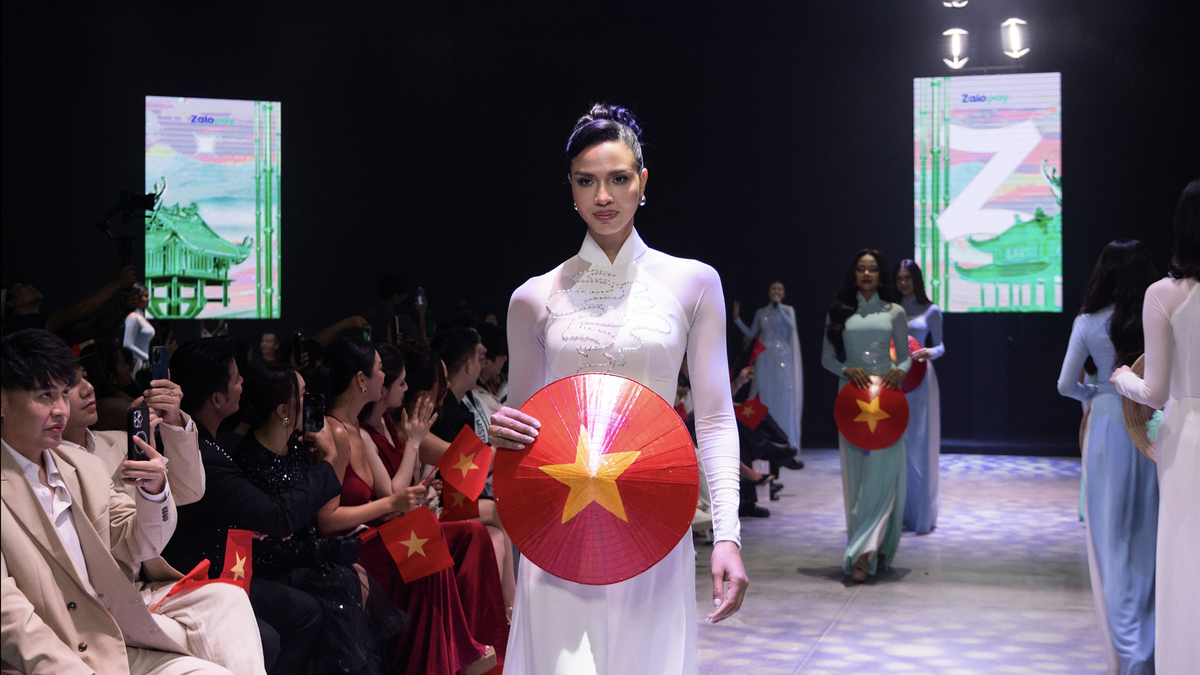
![[Photo] Multi-colored cultural space at the Exhibition "80 years of the journey of Independence - Freedom - Happiness"](https://vphoto.vietnam.vn/thumb/1200x675/vietnam/resource/IMAGE/2025/8/26/fe69de34803e4ac1bf88ce49813d95d8)
![[Photo] Hanoi: Authorities work hard to overcome the effects of heavy rain](https://vphoto.vietnam.vn/thumb/1200x675/vietnam/resource/IMAGE/2025/8/26/380f98ee36a34e62a9b7894b020112a8)

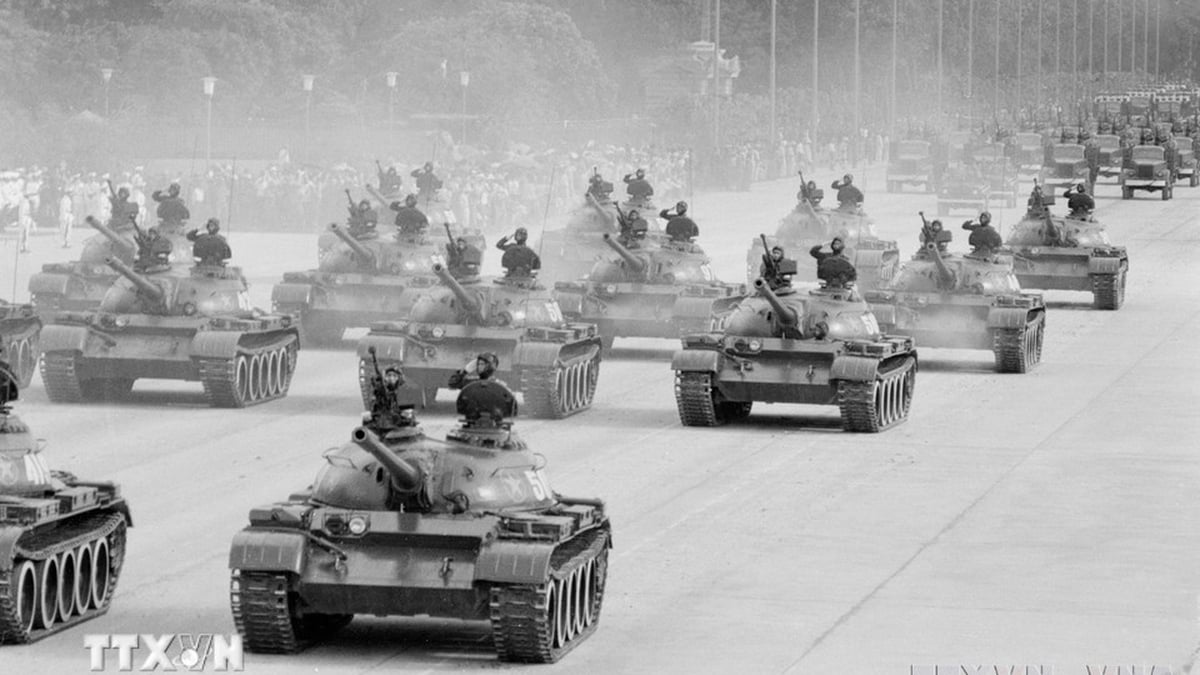

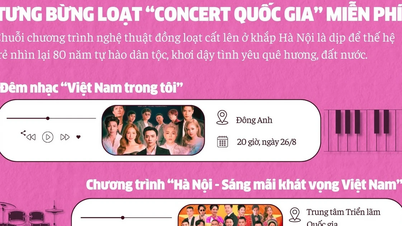
![[Photo] Exhibition “80 years of journey of Independence-Freedom-Happiness”: An inspirational meeting place for the young generation](https://vphoto.vietnam.vn/thumb/402x226/vietnam/resource/IMAGE/2025/8/26/2aaef59beb604923b0f848f5c6311dbd)

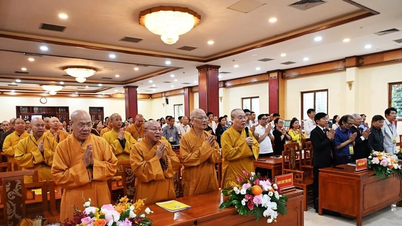
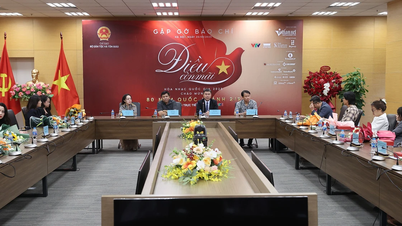
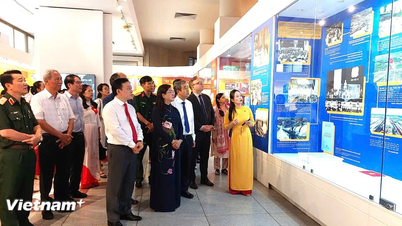
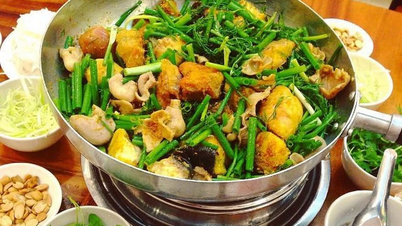
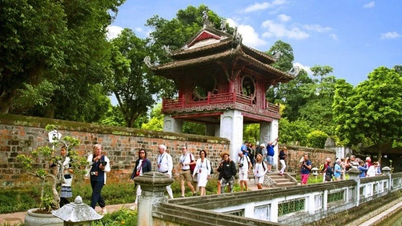
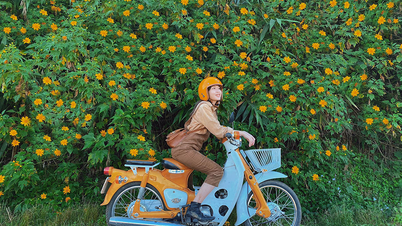



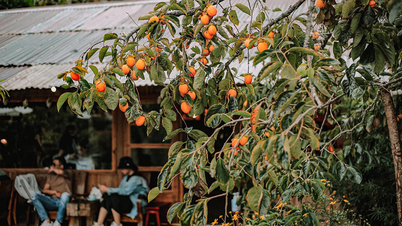








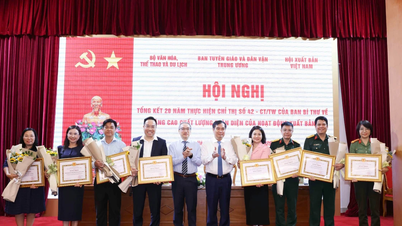
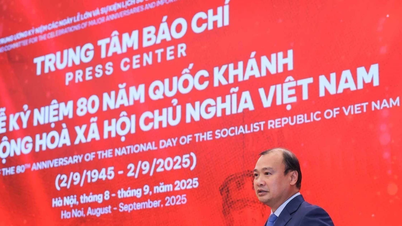
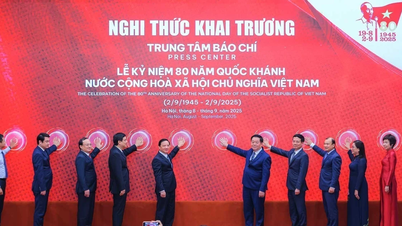
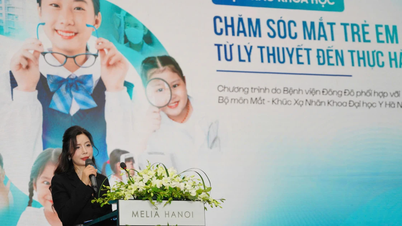
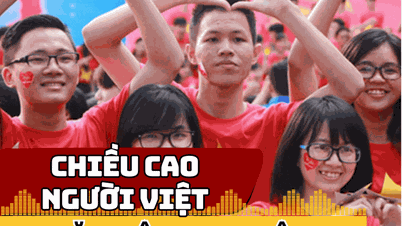
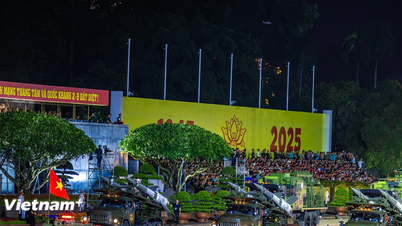
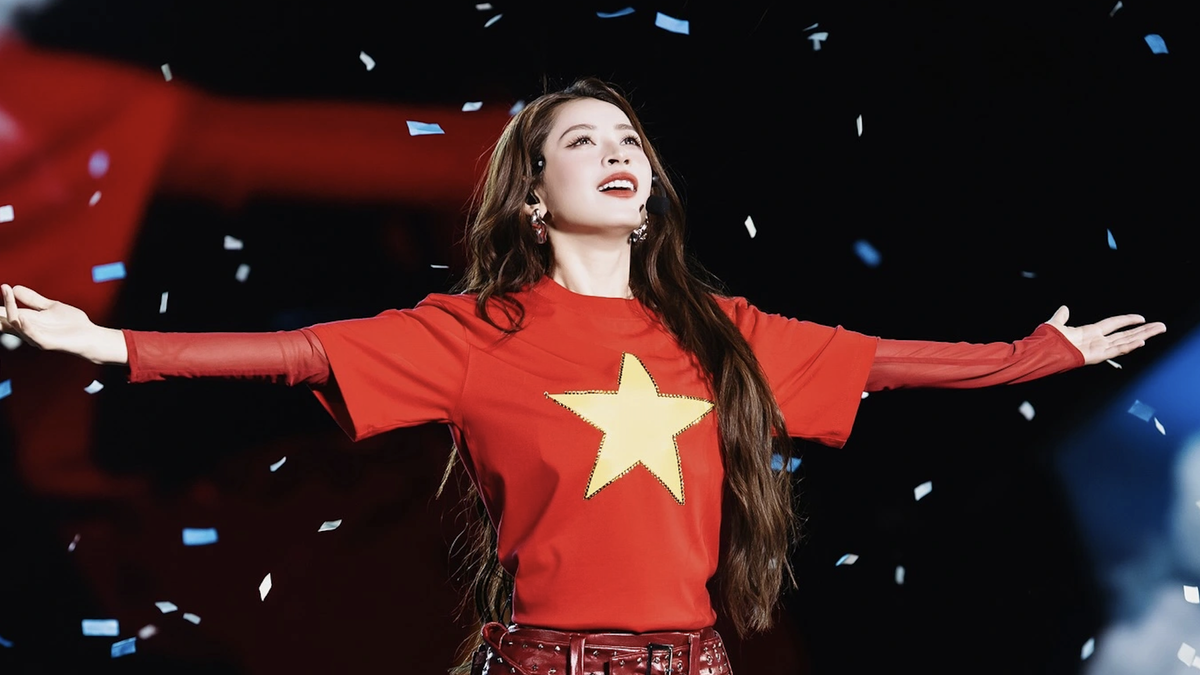
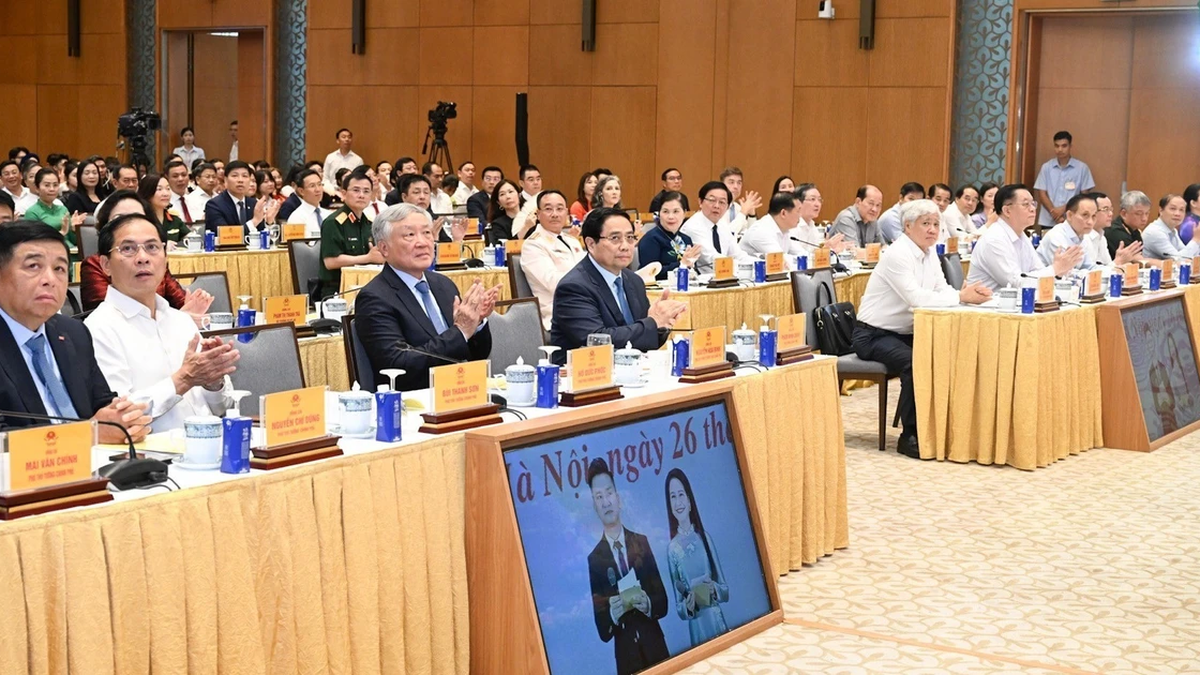
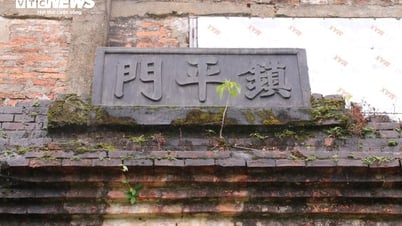

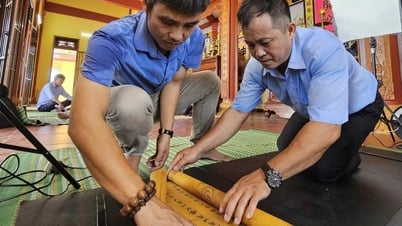


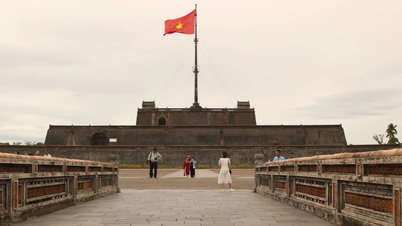

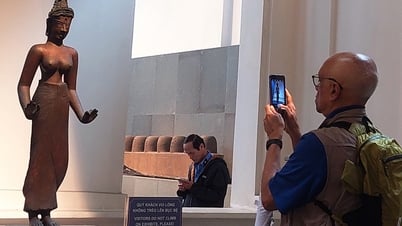



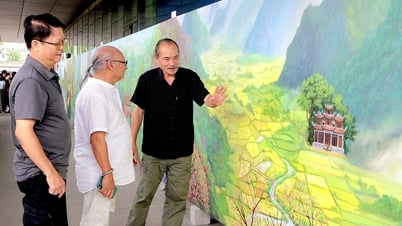
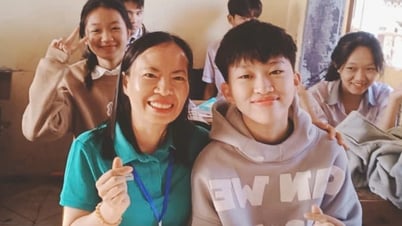
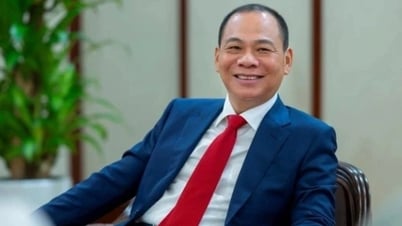
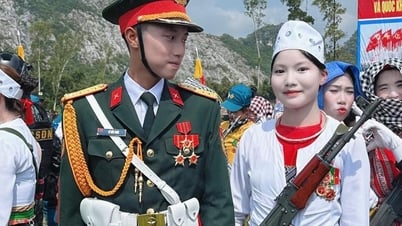

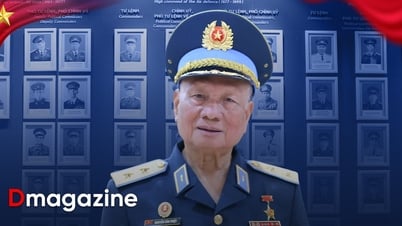
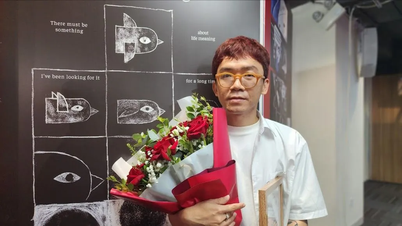



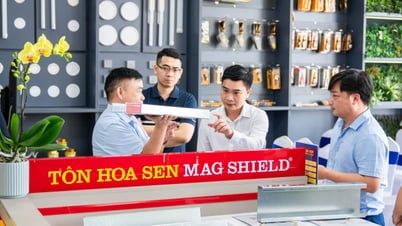
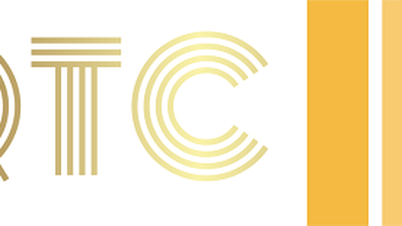

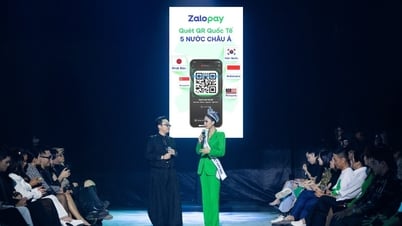


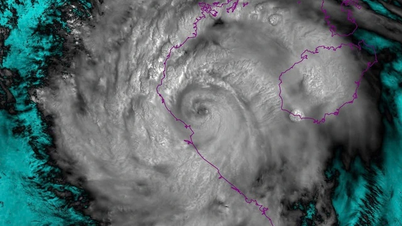

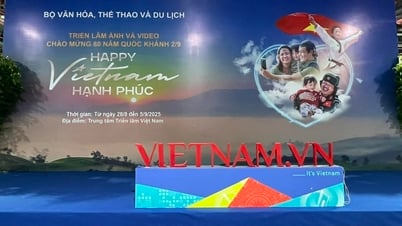
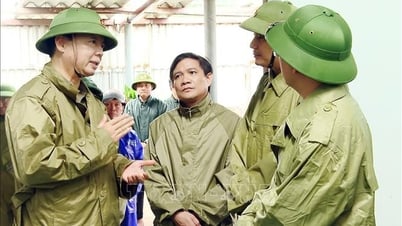

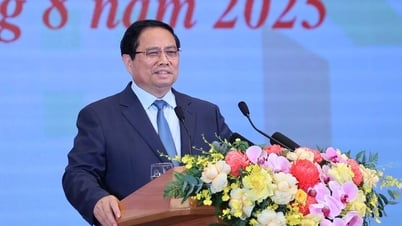


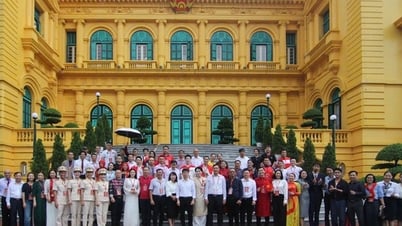

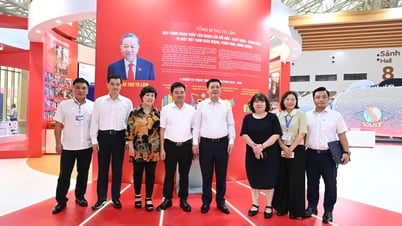

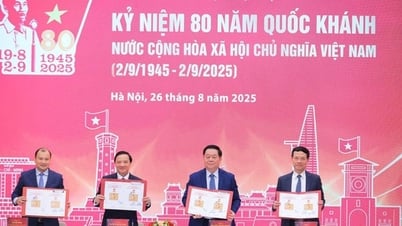
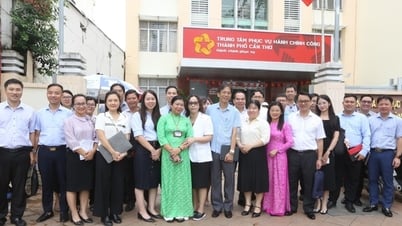
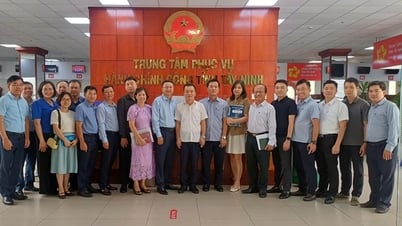
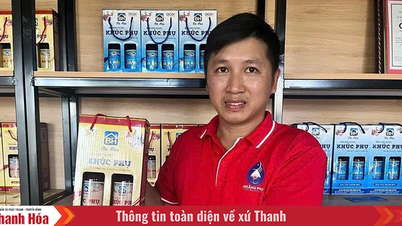

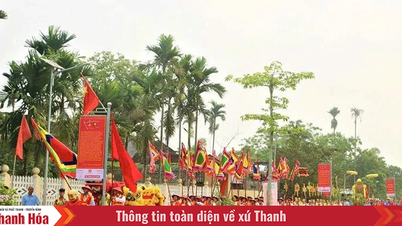
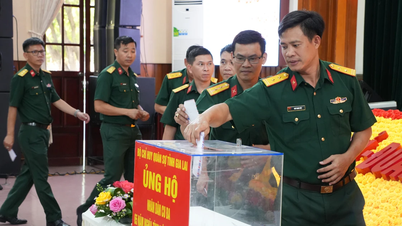

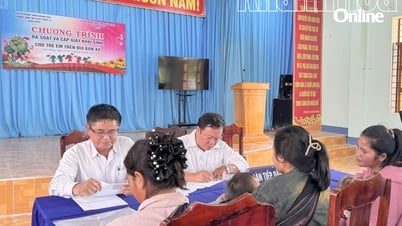



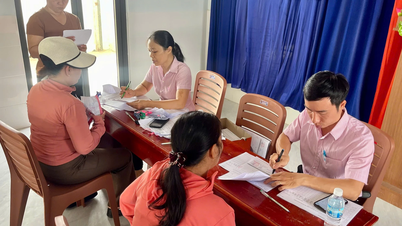


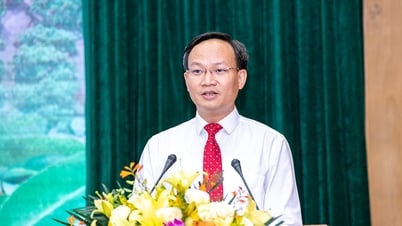


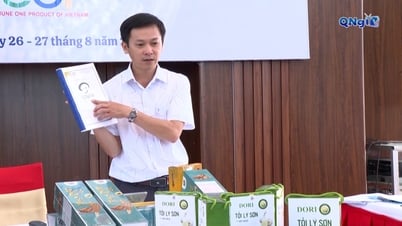









Comment (0)